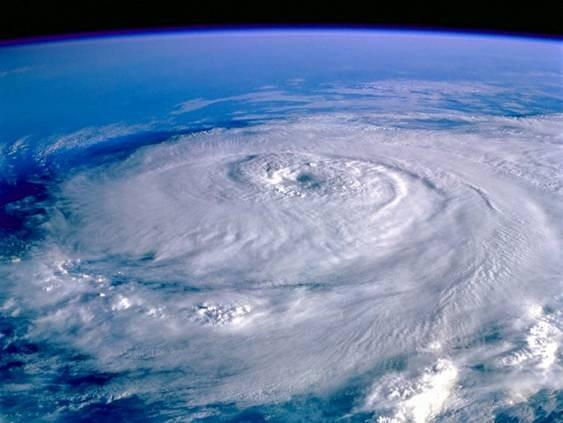
Recently, the latest forecast released by the World Meteorological Organization indicates that the El Ni ñ o phenomenon will continue until at least April next year.
Research shows that there is a 90% chance that the El Ni ñ o phenomenon will persist in the upcoming northern hemisphere winter and southern hemisphere summer, and 2023 is becoming the hottest year on record.
At the same time, the European climate observation agency Copernicus also stated that the past October was the hottest month on Earth's records, and 2023 is almost certain to replace 2016 as the hottest year on Earth's records.
The El Ni ñ o phenomenon refers to the natural phenomenon of abnormal temperature rise in the equatorial eastern Pacific region, leading to abnormal changes in atmospheric circulation. This phenomenon generally occurs periodically, resulting in widespread and far-reaching impacts on the global climate system.
According to relevant data statistics, the intensity of the El Ni ñ o phenomenon has increased in recent years, and its duration has also been extended. This phenomenon generally occurs every 2-7 years and can last up to 18 months. During the El Ni ñ o period, the normal patterns of tropical precipitation and atmospheric circulation were disrupted, triggering a series of extreme climate events worldwide.
According to the analysis and prediction of the meteorological department, the El Ni ñ o phenomenon in the winter that just arrived this year will also have a significant impact on the weather in the northern hemisphere.
The situation is exactly opposite to summer: in the winter when El Ni ñ o occurs, the cold air force is strong, cold currents occur frequently, and the temperature drops significantly. This will make the winter even colder for cold regions, and have a significant impact on production and operation activities in agriculture, transportation and logistics.
The El Ni ñ o phenomenon may also trigger other weather anomalies, such as uneven rainfall, drought, storms, etc. According to historical data analysis, the occurrence of El Ni ñ o phenomenon is often accompanied by a significant increase in meteorological disasters.
The Secretary General of the World Meteorological Organization, Talas, stated that the El Ni ñ o phenomenon will increase the intensity of extreme weather and climate events such as heatwaves, floods, and droughts in some regions.
According to foreign media reports, a study published by relevant media in May this year estimated that the El Ni ñ o phenomenon may cause at least $3 trillion in global economic losses this year.
At present, abnormal weather is causing a huge impact on agricultural product production. From the market response, it can be seen that since the second half of this year, futures prices of commodities such as sugar, cocoa, and orange juice have gradually risen, while food inflation may once again push up prices, thereby impacting the recovery of countries around the world, especially emerging markets. And global food crops, including palm oil, sugar, wheat, and rice, are all produced in growing regions that may face the El Ni ñ o challenge.
According to scientists at Dartmouth College in the United States, the El Ni ñ o phenomenon from 1997 to 1998 resulted in a loss of $5.7 trillion in GDP over the following five years. According to their established model, it is expected that by the end of this century, the El Ni ñ o phenomenon will affect GDP growth of at least $84 trillion.
In particular, although drought is the main threat to food production, El Ni ñ o will also cause rainstorm, flood, extremely hot or cold weather, which is very likely to lead to outbreaks of animal diseases, including zoonotic diseases and food borne diseases, as well as plant diseases and insect pests and forest fires, which will also have a negative impact on fisheries.
Therefore, the impact of the El Ni ñ o phenomenon is global, typically associated with bringing more heat, drought, or rainfall to different regions of the world, and simultaneously triggering more extreme weather and major climate events. Therefore, the world should be prepared for the development of the El Ni ñ o phenomenon and minimize its impact on economic activities and losses to agricultural production.

The European Commission released a package of measures for the automotive industry on Tuesday (December 16th), proposing to relax the requirements related to the "ban on the sale of fuel vehicles" by 2035.
The European Commission released a package of measures for …
Venezuela's Vice President and Oil Minister Rodriguez said …
On December 16 local time, the Ministry of Space Science Ex…
Recently, a highly anticipated phone call between the defen…
Right now, the world's major central banks are standing at …
Recently, according to Xinhua News Agency, the news of a tr…